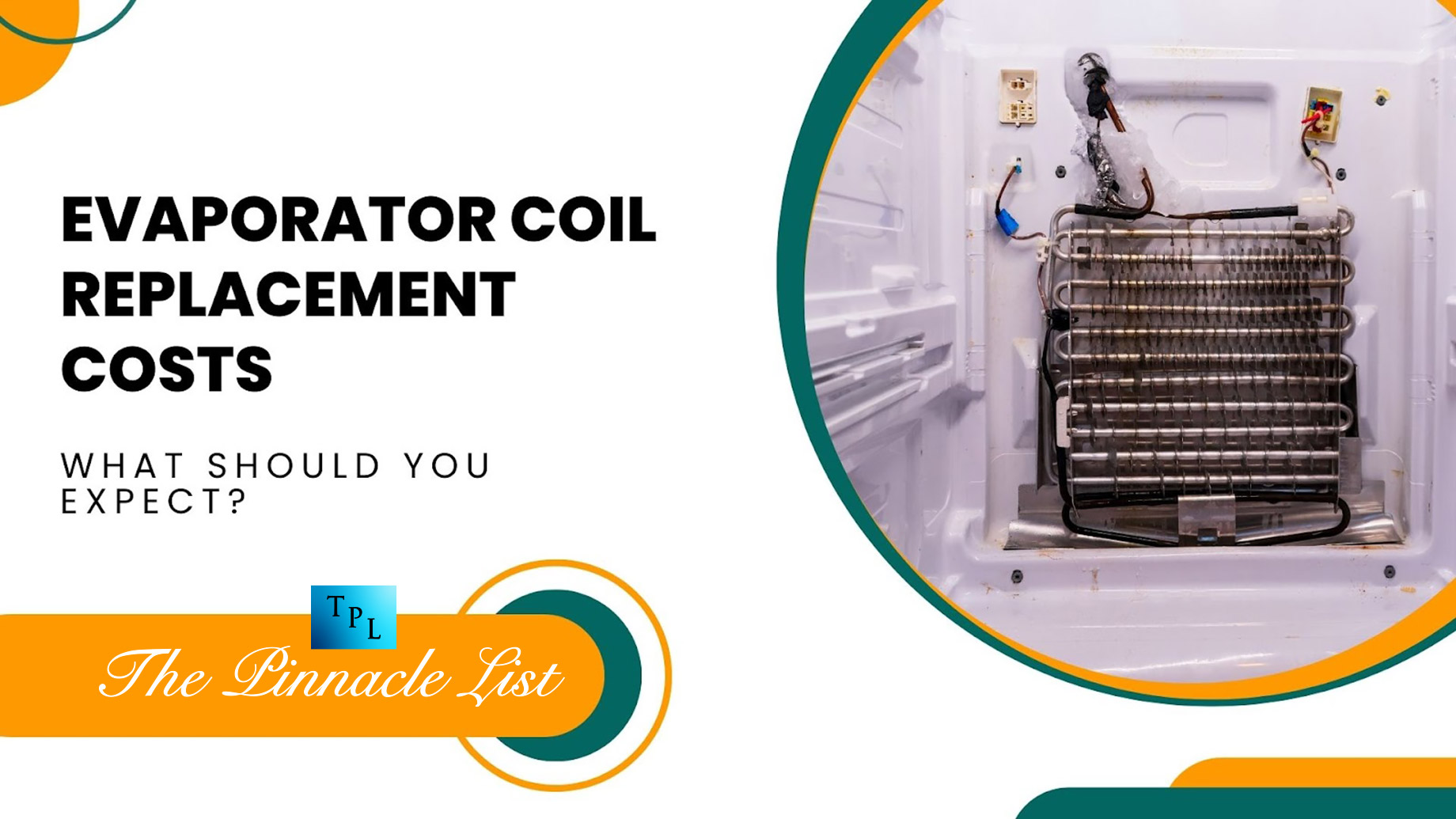
If you notice that your AC is heating up, it is most likely that your evaporator coil may have a problem. What is an evaporator coil? It’s your air conditioner’s cold section, working with the condenser to cool down your home. Your evaporator coil has a fan that pushes cool air across it and into your home. The coils are usually constructed of galvanized steel, coated in aluminum. This allows heat to be carried away from the air passing through the coils exchanging heat for cold. Find out what you should expect if you need the AC evaporator coil replacement and its cost.
What’s an Evaporator Coil, and What Does It Do?
The evaporator coil is hidden behind the front cover of your HVAC system. It’s not visible, but it plays a crucial role in your home comfort. The evaporator coil takes the warm air produced by the furnace and cools it down to a temperature suitable for use in your home.
When your evaporator coil gets dirty, it can’t do its job well. This can result in your heating and cooling system running inefficiently, which wastes energy and money. An evaporator coil takes warm air from your furnace and cools it to a comfortable temperature before sending it into your home through ductwork. The heat removed from this process determines how much energy your HVAC system uses. Thus, less energy will be needed to keep your home comfortable if more heat is removed.
The coils are usually made of copper or aluminum, but some newer models use plastic tubing instead of metal fins.
Common Causes of Damaged Evaporator Coils
Air conditioning evaporator coils are the most important component of your HVAC system. These coils are typically made of copper and are responsible for cooling the air in your home as it passes through them on its way to your ductwork. Unfortunately, these coils can become damaged over time due to a number of different factors. The cost of replacing an evaporator coil varies depending on the cause of damage and whether or not you hire a professional to do the job for you. When an evaporator coil fails, it’s usually caused by one of these issues:
- Corrosion or rust. Corrosion and rust can cause physical damage that blocks airflow through the evaporator.
- Excessive pressure. If there is too much pressure inside your ductwork or blower compartment, it may cause damage to your evaporator coil.
- Clogging. Dust and dirt can clog the fins on your evaporator coil, causing it to fail. This can result in poor airflow throughout your home and excessive energy usage by forcing your HVAC system to use more energy than necessary.
- Failed seals. The seals on the evaporator coil are designed to keep outside air from entering the system and mixing with the indoor air.
Factors Affecting the Cost of Evaporator Coil Replacement
If you’re replacing a coil, you’ll need to remove the old one and put on a new one. Some coils are easier to change than others, but most require tools like a screwdriver, pliers, and wrench. The good news is that coils are relatively inexpensive. An evaporator coil replacement cost depends on the size of your unit. They come in different sizes for different types of air conditioners and furnaces. You can also replace them yourself if you have the right tools and know-how. Several factors affect the price of this repair, including:
Type of Your System
If you’re looking for a rough estimate of how much it will cost to replace the air conditioner coil system, you first need to know what type of system it is. This can make a huge difference regarding how much work is involved and how expensive the parts will be. The most common types include:
- Stand-alone units. These are located outside the house or building, making them easy to access and replace. They’re also relatively inexpensive but may not be as efficient as other types of systems. For example, a Lennox central air conditioner installed inside each room can be much more effective than an outdoor unit that cools an entire house or building at once.
- Packaged systems. They combine heat and cooling into one unit installed inside the home. They may have one or more outdoor components, such as compressors, but all their other elements are contained within their casing. This makes them easier to install than stand-alone units but harder than split systems because they have more wires and pipes running throughout your home.
System Size
The size of your system is the single most significant factor in determining how much you’ll spend on replacing an evaporator coil. However, it’s not just about how big your unit is. The type of system and the number of zones can also affect the price.
For example, suppose you have a one-zone system with a single, large evaporator coil that covers an entire room. In that case, replacing a multi-zone system with several small coils spread across multiple rooms or zones won’t be as expensive. It is also cost-effective to repair each zone rather than replace the whole thing at once.
This way, you only pay for what needs repair, not any other unnecessary work.